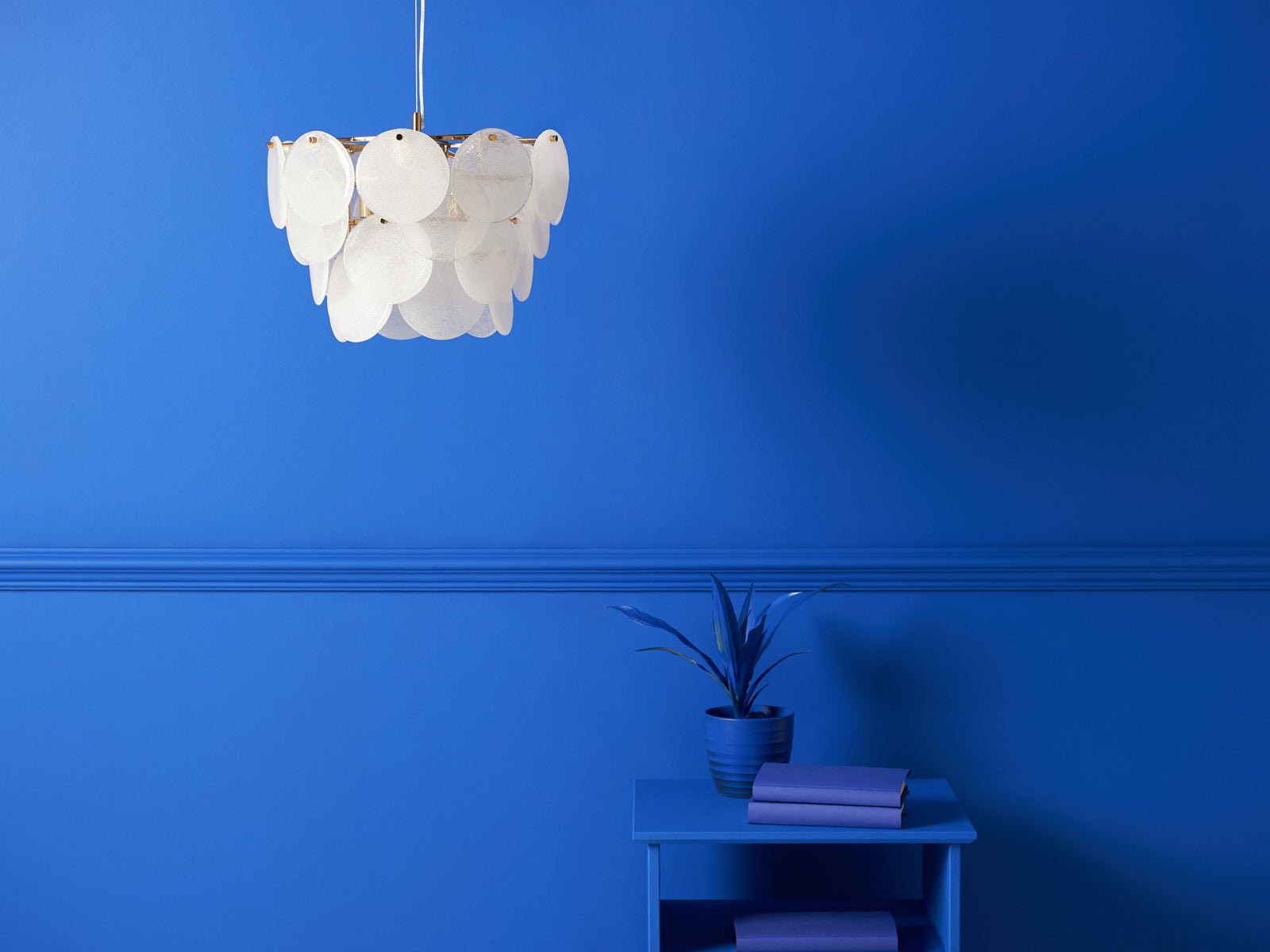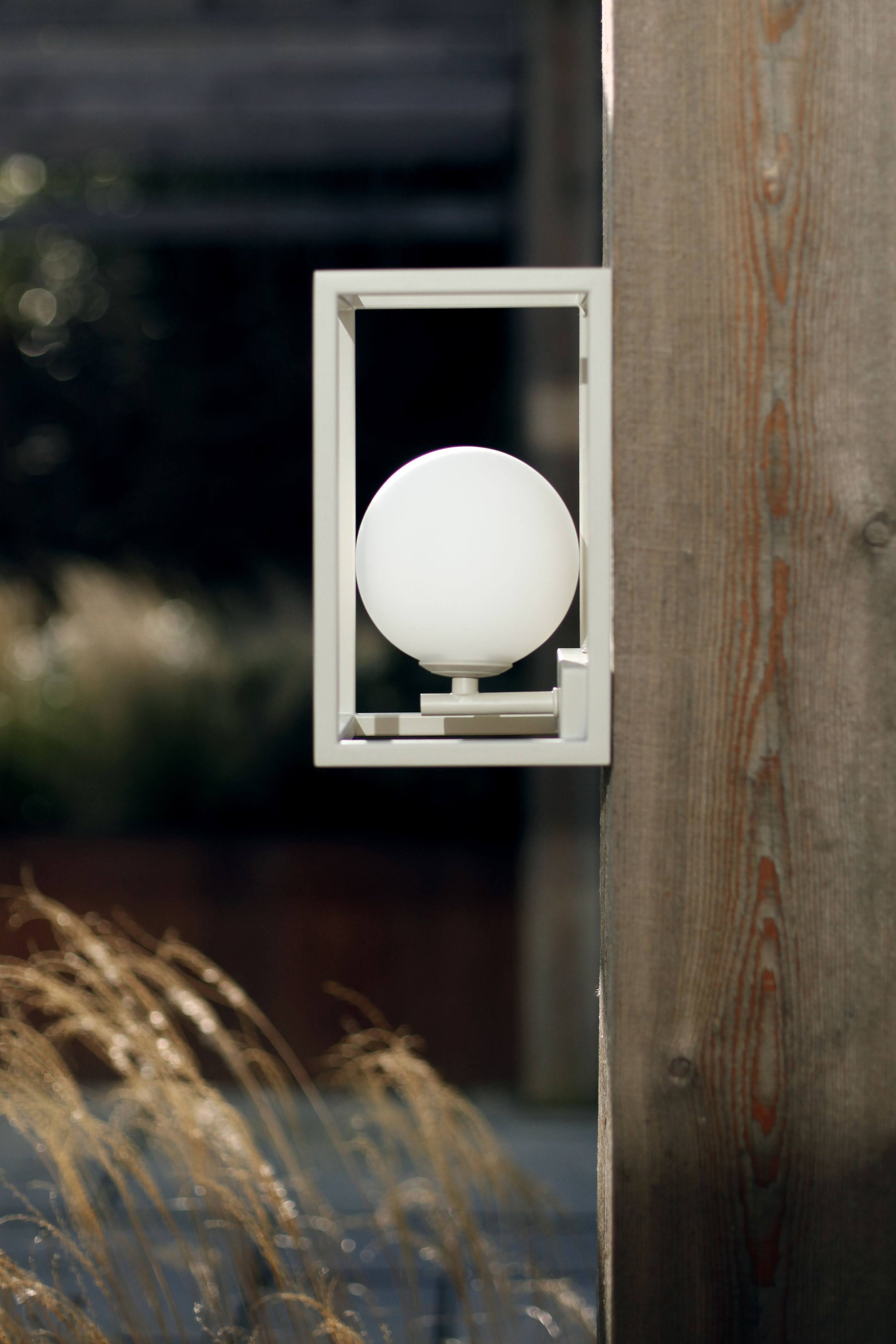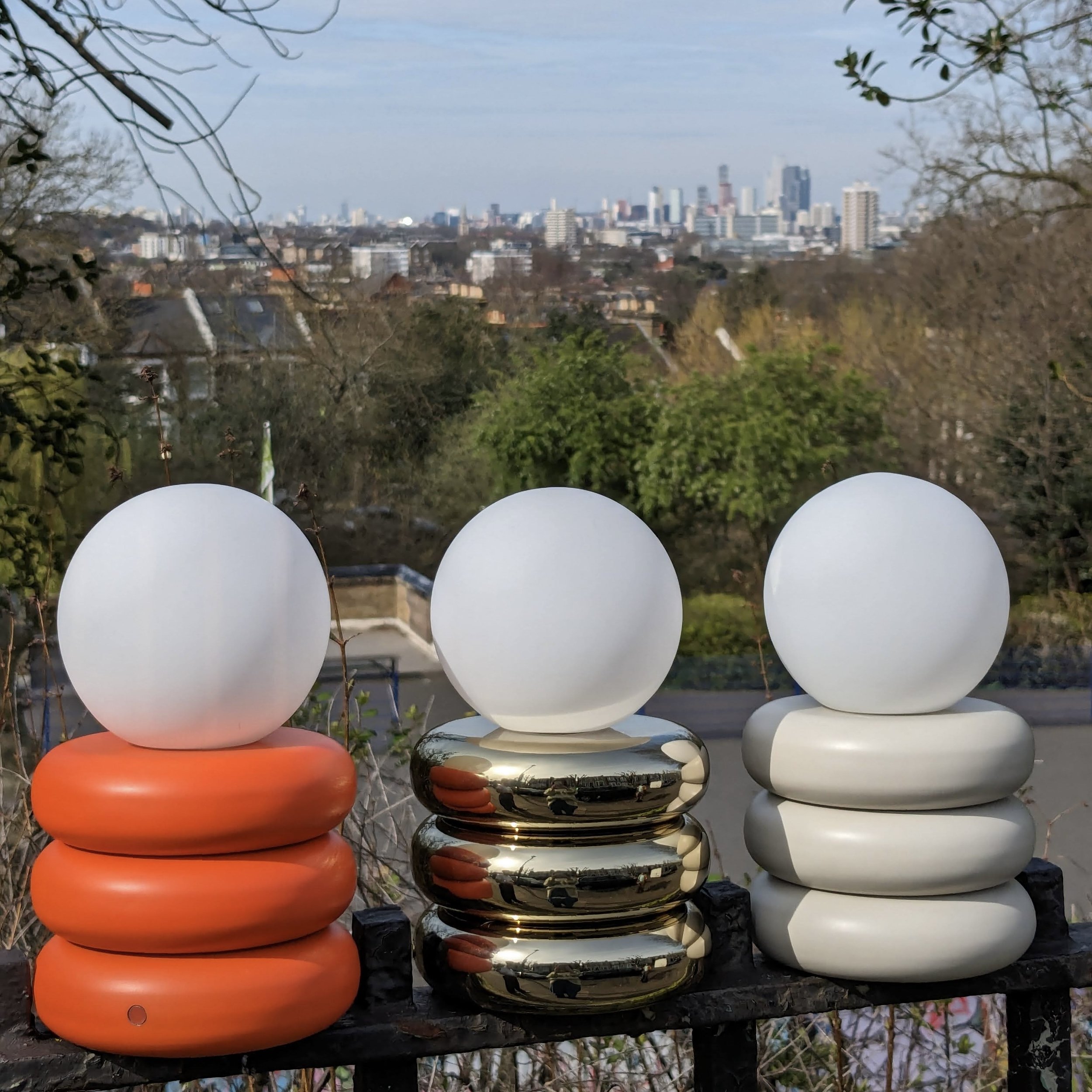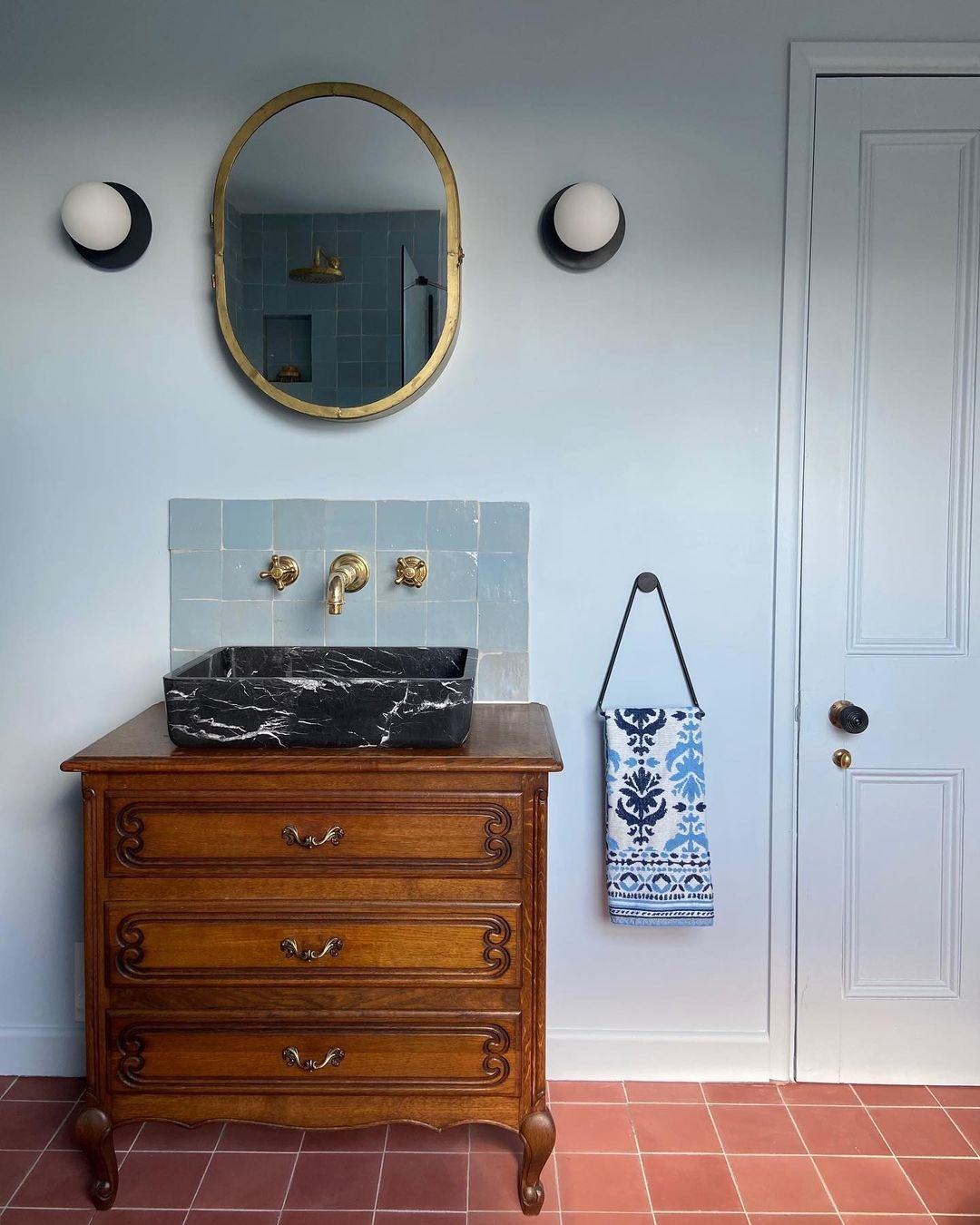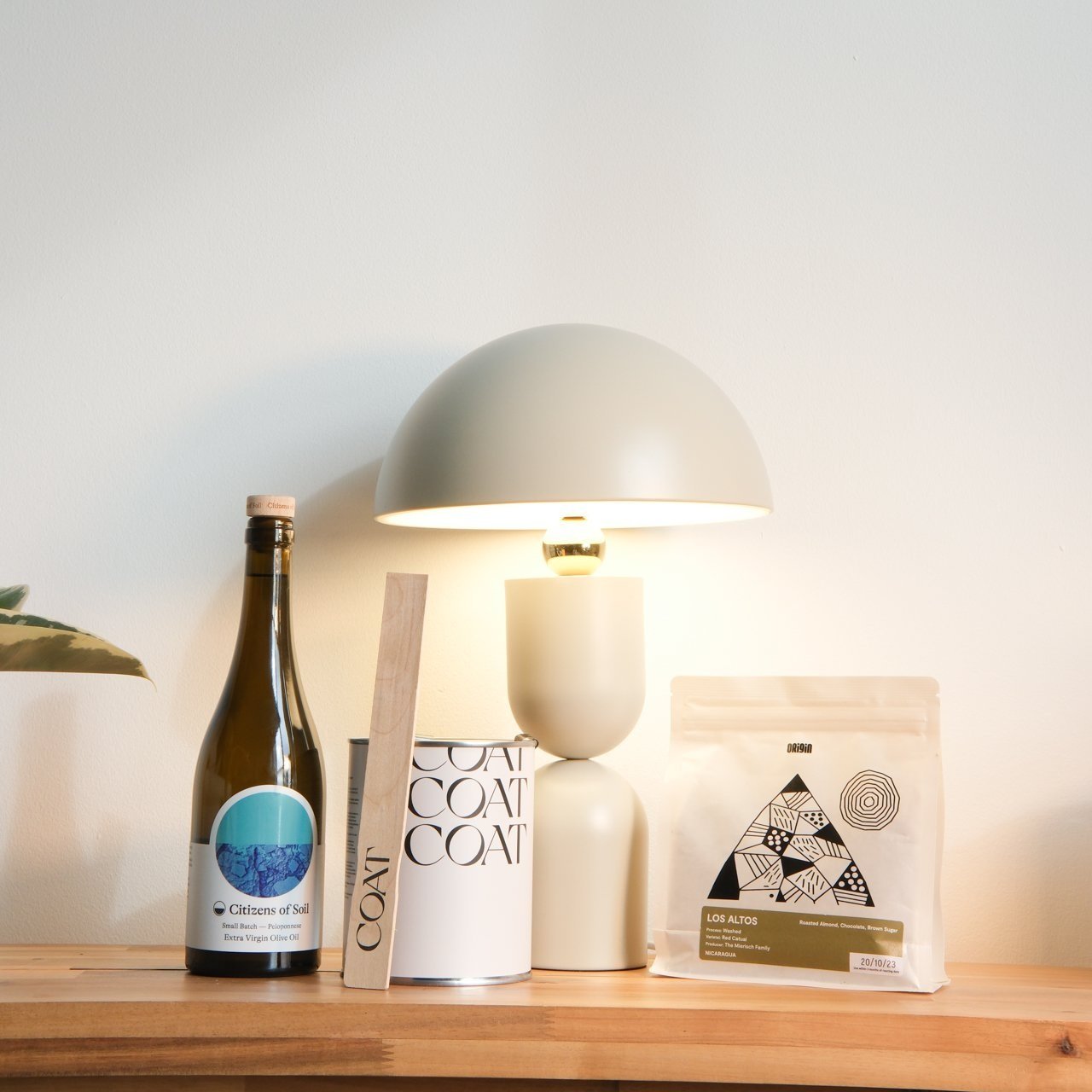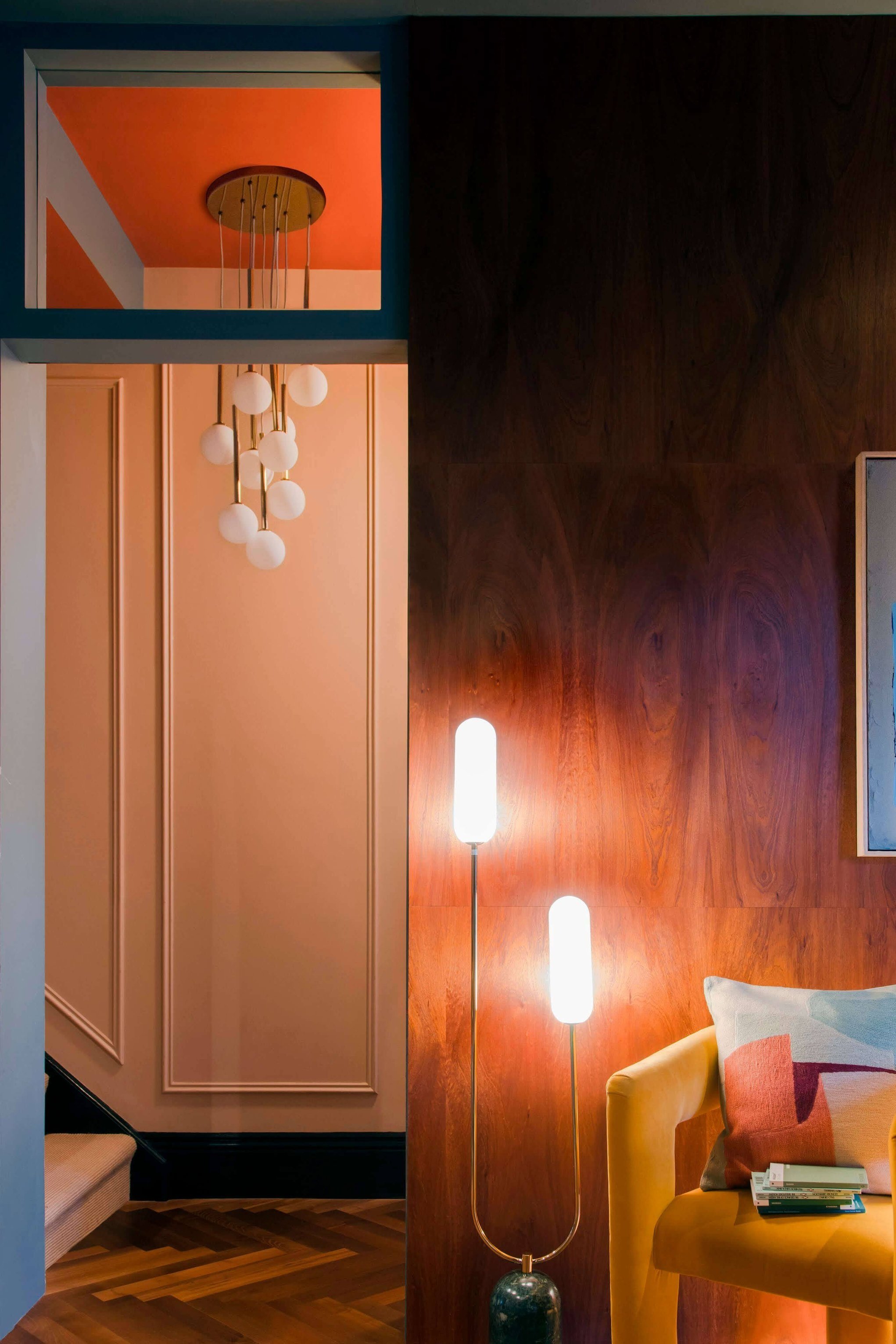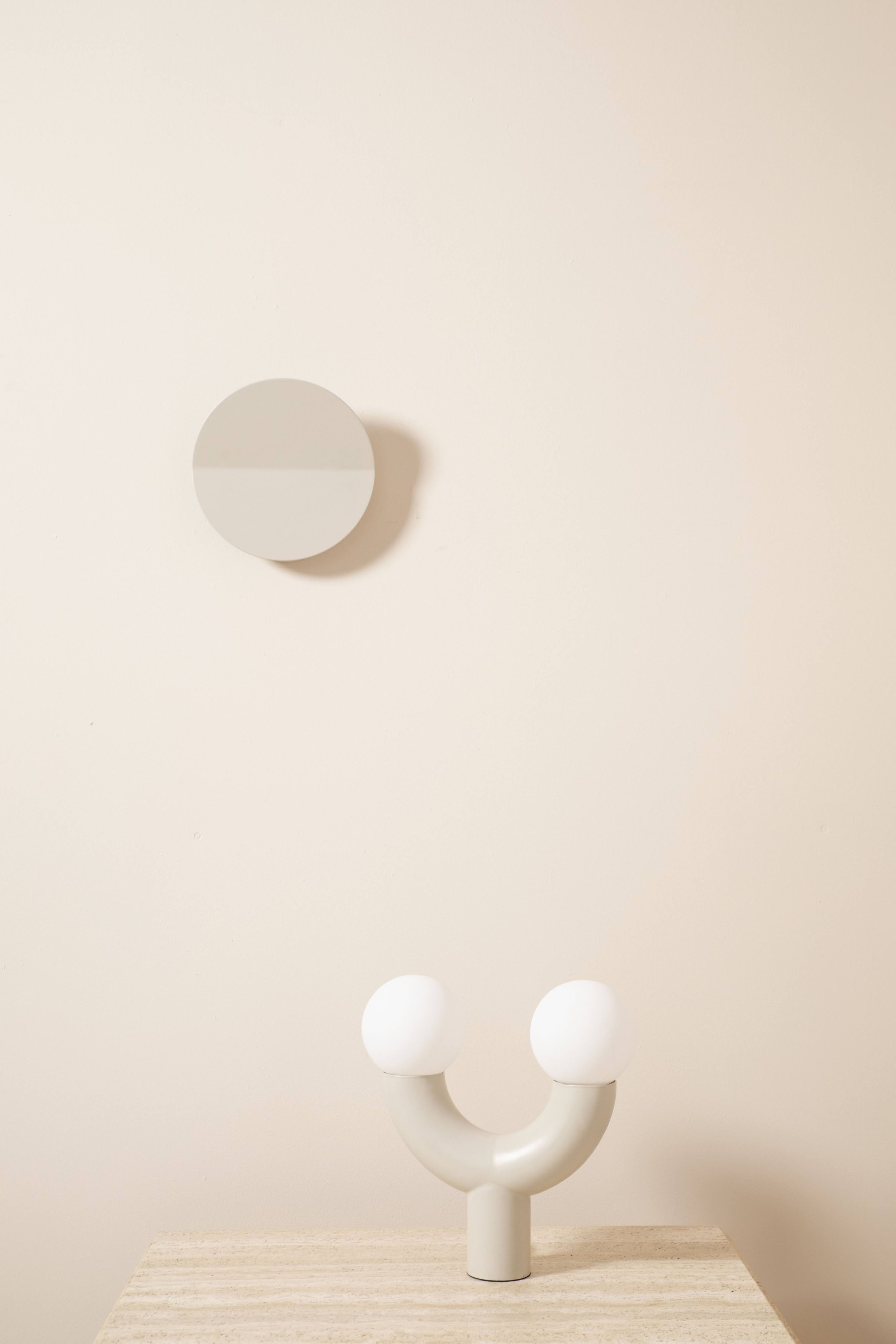A Beginner’s Guide To Home Lighting.
Have you been guilty of designing a room before considering your lighting arrangements? Have you just worked around old fittings, or opted for the first fixture that takes your fancy in a magazine? We’re sure you’re not the only one, but that doesn’t mean it’s ok!
In our opinion, bad lighting is a crime, as it can cause collateral damage to your aesthetic. Perhaps your last home was a victim of this, and so you want to change your ways and put some effort into the lighting around your new nest this time. But where do you begin? We know lighting can be confusing, so we’ve gathered some answers to your burning questions:
Where To Begin With Your Lighting Scheme
As with any kind of design project, planning is paramount. You should establish your lighting preferences from the get-go, before deciding on anything else, and make sure to base these preferences on practicality. It’s always tempting to go with style over substance, but that approach overlooks the main point of home lighting, which is to illuminate your living spaces effectively. Think about why you need the lighting for the space in question, what you will be doing in that space and how much light will be required to do it without squinting. To give you a clearer idea of what you might be looking for, we’ve created a list of the most common types of home lighting:
Ambient lighting
Ambient lighting is the base layer of atmosphere, the dull glow that consumes your room from top to bottom when you flick on the main switch. This effect is normally provided by recess lights, pendant lighting or even wall-mounted lighting.
Accent lighting
Accent lighting is all about highlighting your hotspots, shining a direct and focused light onto artwork, fireplaces and your favourite furnishings. This can be achieved with wall sconces, fireplaces or table and floor lamps. As the aim of the game here is to accentuate, accent lighting needs to be stronger than ambient, which means using stronger light bulbs.
Task lighting
Most things are a whole lot harder to do in the dark, so task lighting makes life easier. Desk, table and floor lamps are the most common sources of this targeted illumination, allowing optimum visibility for your daily activities, be it cooking in the kitchen, reading in an armchair or working at your desk.
Decorative lighting
Decorative lighting is not a functional necessity, we admit, but it’s certainly essential for making your home the standout site of warmth and welcome it deserves to be. Instead of populating your living spaces with endless stuff, consider how you can manipulate a lighting fixture to enhance the appearance of the stuff you already have. For example, the targeted illumination provided by table lamps and floor lamps can seemingly enlarge the presence of smaller furnishings, as well as creating shadows that define and accentuate vacant space. By simply expanding your lighting scheme, you can transform your living spaces, adding character, texture and detail.
To make the most of these extra touches, consider playing with colour and shapes for a signature look. We’d also recommend you get creative with levelling, by choosing decorative lights of varying heights, such as table lamps, floor lamps (both tall and short) and wall lights of different lengths and widths.
Interior designers agree that layered lighting is the best way to illuminate a space. This means employing all of the lighting effects listed above in each room, and enjoying the richness and depth created by their combined effort.
How Do You Know What Type Of Light Bulb You Need?
We appreciate that your standard bulb box can provide an excessive amount of information, so we’ll tell you what you need to know. Bulb brightness is measured in lumens. A large quantity of lumens means bright light, a small quantity means dim light. To determine what kind of bulb you need, you can refer to the list above. The intended purpose of your light fixture will give you a clue as to what kind of bulb you’ll need to power it.
For example, soft, ambient lighting is defined by its dim glow, whereas task lighting needs to pack a punch. So, you’d want to choose low lumen bulbs for the former and high lumen bulbs for the latter (or gather a collection of low lumen bulbs that can operate together).
When planning a space in its entirety, though, we recommend that you equip yourself with bulbs from both ends of the spectrum, along with something in between, so you can execute all desired modes of lighting and achieve the stunning layered lighting look.
How Much Space Do You Need For Your Lighting?
It’s important to measure the height of your ceilings so you can choose suitable hanging light fixtures for your home. Many lights are adjustable, and therefore able to accommodate rooms with both low and high ceilings, but some are not—and it’s always good to have the measurements, anyway. It is generally advised that the bottom of a light should hang roughly 12 to 20 inches below a standard 8-foot ceiling. Add another 3 inches for each additional foot of ceiling height.
For other forms of lighting, make sure that the fixture or fitting doesn’t overwhelm the space in which you wish to display it. Measure your coffee tables, desks and wall spaces to be on the safe side, and style accordingly.
Now we’ve given you the inside scoop on home lighting (and just how simple it really is!), it’s your time to shine. Intentions clear and spaces prepped? All you need now is the tools to get this show on the road, and we’ve got those for you too. Take a look through houseof’s extensive collections of desk and table lamps, floor lamps, wall lights and statement ceiling lights to create your home lighting dream team.


